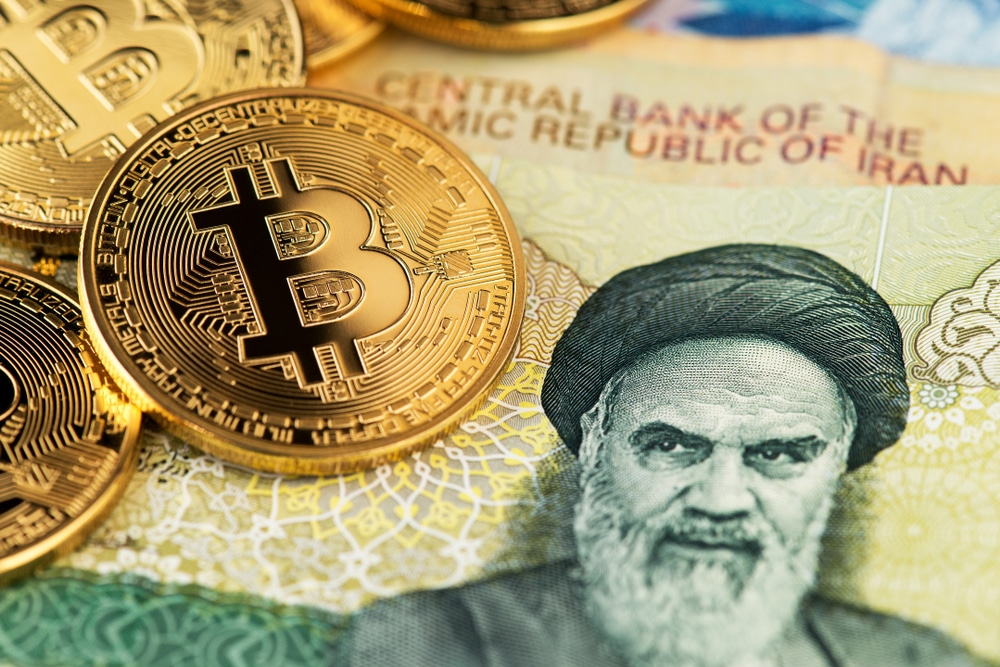Iranian CBDC into Trial Stage
While others were still weighing on the idea of whether or not to have a national digital currency, Iran took up the project of ‘Digital Rial’. It was exactly in 2017 when Iran took up the initiative of developing a digital version of the Rial.
‘Crypto Rial’ is hence the national CBDC project of the Islamic Republic of Iran.
Central Bank of Iran (CBI) has disclosed recently that the Digital Rial project would very soon move onto the next stage i.e. trial stage.
CBI’s announcement was duly acknowledged and affirmed by Mohammad Reza Mani Yekta, Head of the Monetary & Banking Research Institute (MBRI). MBRI is the national regulator of Iran’s monetary system.
Mani Yekta stated in a local conference that the initial testing trial of the Digital Rial had been completed in September 2022.
He suggested that initial testing had been successful which required Iran to proceed now to institutional and public level trials.
Why Iran Needed Digital Rial
Over the past 5 years, Iran has become one of the most notable crypto markets in the world. This has been so, because Iran also, was subject to several sanctions imposed by the rest of the world, in particular the US.
The country was cut off from the outside world whether it was imports or exports. The West had almost completely disconnected itself from Iran, which was becoming very alarming for Iran and the situation was getting worse with every passing day.
Therefore, it was realized that the country had to come up with a solution to this problem. Otherwise, things would keep getting worse and one day, the country would end up losing its existence.
Iran considered the digital asset industry as its way forward in countering sanctions and aiding its declining economy. Since then, the country has been proceeding with its plans and has been constantly moving forward with the adoption of digital assets.
It was, in this background, that Iran welcomed the digital asset industry wholeheartedly and allowed it to thrive incessantly.
To further boost the industry, Iran also took steps for legalizing the process called ‘crypto mining’. It was however very recently when Iran imposed some restrictions on the miners and mining industry.
Even provisions for taxing digital assets and mining activities are also under Iranian Government’s consideration.
Mani Yekta’s Comments on Iranian CBDC
While speaking about blockchain, Mani Yekta also informed that currently there were more than 90 states of the world working on CBDCs.
He further informed that Iran was amongst the first countries in the world who took on the project at a very early stage. He told that Iran commenced the project in 2017 and it took 5 years to finally test the project in September 2022.
According to Mani Yekta, Digital Rial has now been provided to local banks. Meanwhile, the local banks in Iran have confirmed that they have in place the needed infrastructure for carrying out the essential testing.
Mani Yekta also told that the necessary rules and guidelines pertaining to Digital Rial are the same as are applicable to national fiat.
Iran’s Future Projects Based on Blockchain Technology
During the conference, Mani Yekta shed some light on Iran’s future plans based on blockchain. For instance, he revealed that Iran has a keen interest in issuing a stablecoin which is likely to be ‘gold-backed’.
It may however be noted that gold-backed stablecoin has recently been introduced by the Government of Russia.
Iran’s ‘gold-backed stablecoin’ project would hence be a replication of what has been introduced in Russia very recently.
In this connection, the Government in Iran has already reached out to the officials of the Russian Government.
Russian Government Officials in Moscow have agreed to meet with the Iranian Delegation and discuss Iran’s future project.
It is possible that Iran would be helped by Russia as both countries share similar agendas because both are under US-imposed sanctions.

